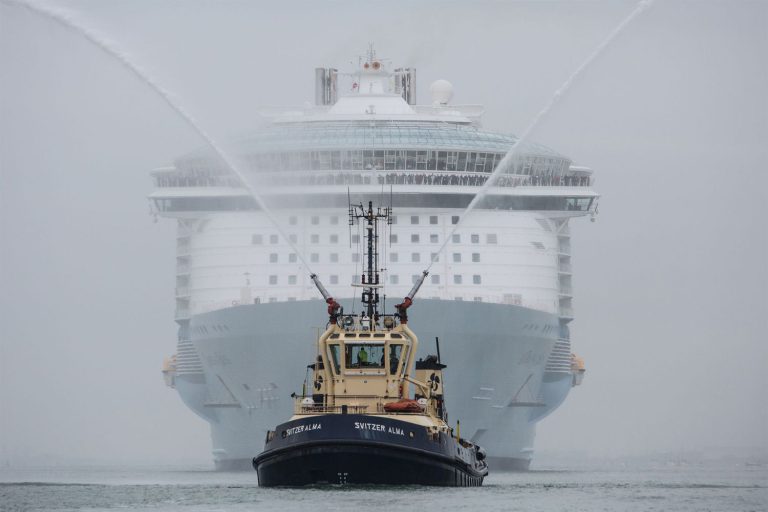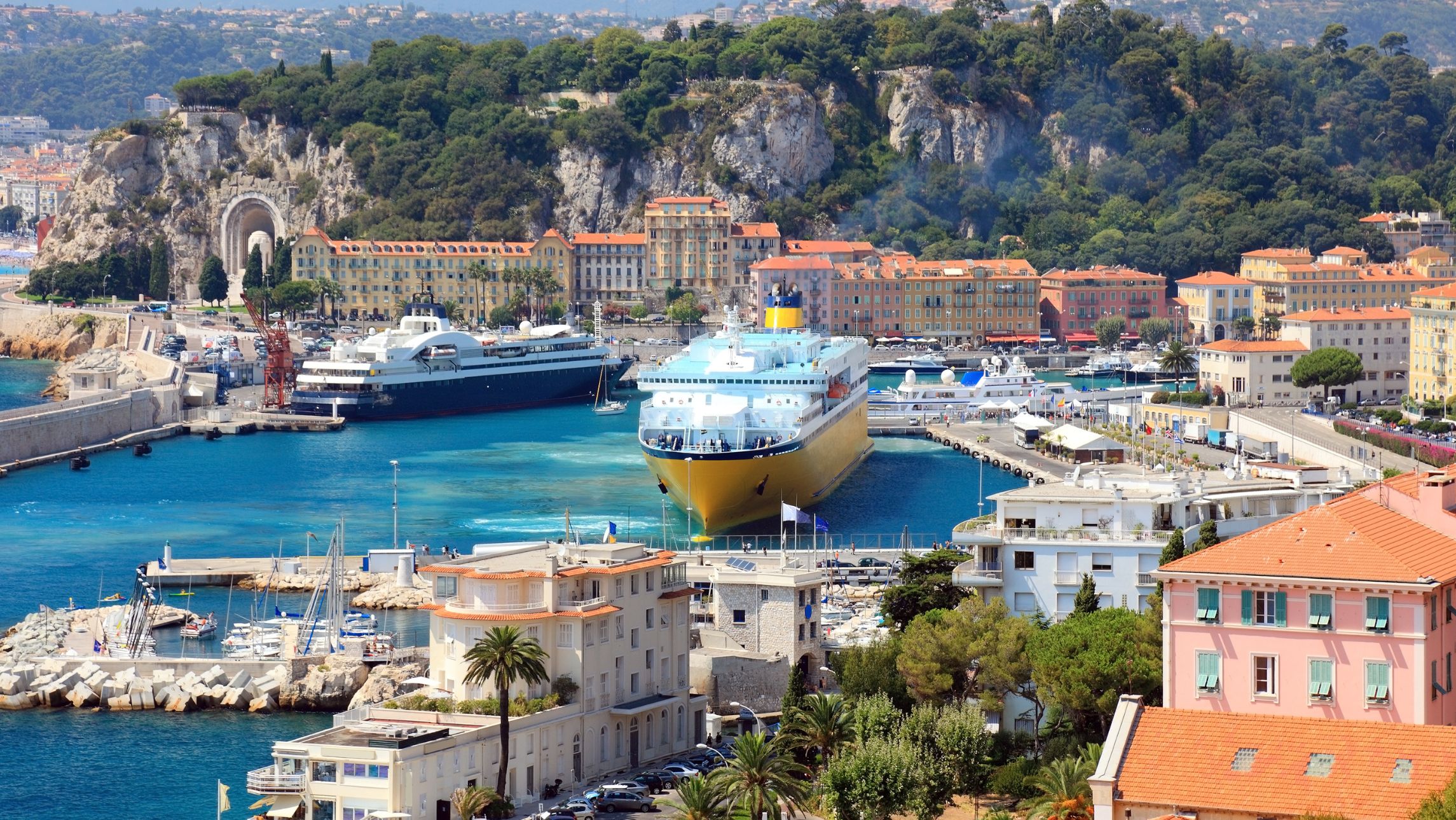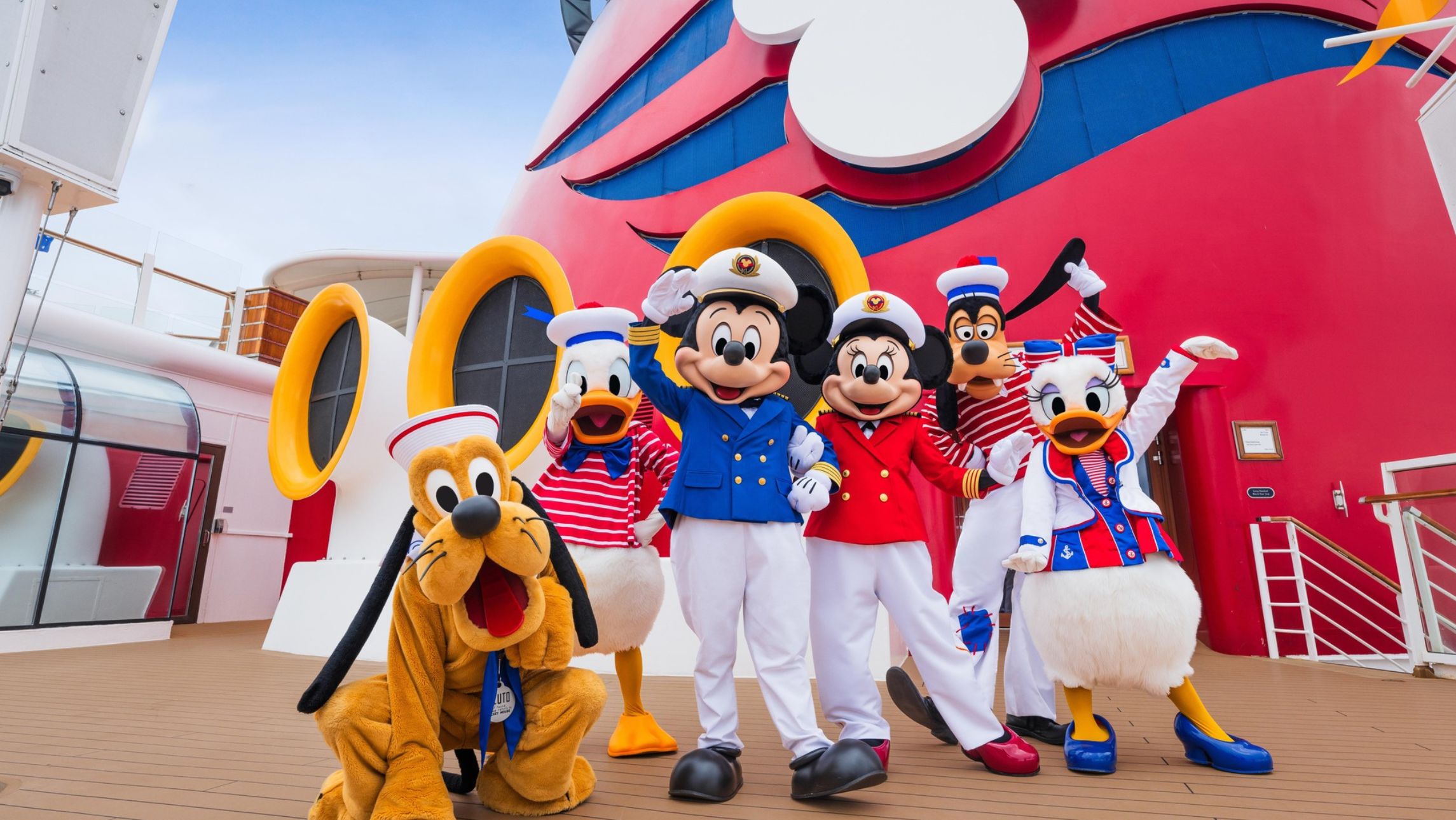As the Alaskan port of Juneau gets ready for its first ships of the season on Sunday, the region is braced for its biggest ships – and biggest passenger numbers ever. Some 1.3 million cruisers will visit – 16 per cent up on last year.
Not surprisingly, some in the local community are concerned about the impact on pristine wildlife sanctuaries and sensitive historic sites.
In America, Carnival Cruise Lines is embroiled in an embarrassing court case that could see their ships prohibited from docking in American ports because of a series of breaches of an order banning them from discharging waste.
Travelling has opened access to unique destinations – but it has also attracted increasing concern around the world about the impact on the environment that follows.
Cruise lines are responding to the growing trend with partnerships, technology and initiatives to sail sustainably.
Royal Caribbean led the way as the first cruise line to establish a corporate-officer level Chief Environmental Officer position in 2008 and Celebrity Solstice was the first cruise ship to be equipped with solar panels in 2012.
The future of cruising sees LNG cruise ships sailing the seas and high tech fittings on board to maximise the efficiency of resources, showing the results of the $1 billion invested by the cruise industry in new technologies and cleaner fuels.
So just how clean and green is your favourite cruise line? Read on to find out the latest things your cruise lines are doing to make your travels environmentally friendly.
Itinerary planning
Cruise lines are working to manage overcrowding at destinations with coordination and planning. This includes staggering arrival and shore excursion timings, as well as spreading out the footprint of passengers when they get on shore with a larger variety of excursions.
To address the concerns about the air quality in Juneau, Alaska, during peak season, cruise lines are trying out adjusting their schedules to reduce the amount of time ships spend waiting for other ships to leave so they can dock.
“This year, instead of idling out there and starting to tender early, they’ll wait till the other ship is ready to leave, then come into the harbour. The first ship will leave and the second ship will come right into the dock,” said John Binkley, executive director of Cruise Lines International Association Alaska, at a public forum about tourism sustainability hosted by the Juneau Commission on Sustainability last week.
Emissions
Royal Caribbean has invested in Advanced Emission Purifications systems across their fleet that spray exhaust with a fine water mist within the ships stacks to remove sulphur and produce a clean white plume. Many other cruise lines have also had their fleet fitted with various Exhaust Gas Cleaning Systems to achieve a 40% reduction in emissions by 2030.
Carnival Corporation has also achieved a 26.3% reduction in their carbon footprint from 2005 and they have completed the installation of Advanced Air Quality Systems on 70 ships in their fleet.
They also have 11 next generation LNG cruise ships, powered cleaner-burning liquefied natural gas, to join their fleet by 2025 and claiming nearly half of the 26 LNG powered ships in the global cruise ship order book.
Norwegian Cruise Lines Holdings released their 2018 stewardship report this week and they have managed to set a 6.6% decrease in carbon dioxide emissions, a reduction for the third year in the row.
By 2015, Holland America Line has also managed to incorporate 29 per cent of low-sulphur fuel oil and marine gas oil in their fuel mix, running their fleet with cleaner fuels and reducing harmful emissions.
Fuel savings
Both Royal Caribbean and brands under Carnival Corporation such as Princess Cruises have installed an Air Hull Lubrication System, which helps to lower the amount of fuel spent.
The system uses air bubbles to coat the bottom of the ship to reduce friction, which lowers the amount of fuel needed to run the ship at the same speed by around 5.5 per cent.
This works especially well on ships with flat bottoms and large surface areas like the Sapphire and Diamond Princess.
Meanwhile, Norwegian Cruise Lines Holdings has applied a new low friction coating on the hulls of 92 per cent of their ships to help increase propulsion efficiency by 4 per cent.
Other fuel saving measures by the company includes recovering heat from the engines and transferring it to freshwater piping in water production.
Energy Reduction Innovations
Since 2016, Princess Cruises have been replacing fluorescent lights with LED lights. Beginning with Diamond Princess, which is completely fitted out with LED lighting, the line has extended the program to eight ships in the following two years.
Norwegian Cruise Line also replaced over 200 units of lighting with energy-efficient LED on board Norwegian Jewel and Star during their dry docks in 2018. The change recorded at 70 per cent reduction in daily energy consumption and 50 per cent reduced heat output.
LED lighting is also introduced on board Royal Caribbean along with other technology like card-activated stateroom lights and air-conditioning that shuts off automatically when the veranda doors open.
In 2017, Princess Cruises also trialled electro chromate glass on the Star Princess, where the glass senses when the sun is shining in and automatically tint the glass.
Water
Water is a precious resource at sea and many lines introduce water conservation strategies on board which include installing water flow reducers for sink taps and shower heads and installing water meters to measure water consumption.
Royal Caribbean have also installed new ice makers that use 65 per cent less water than previous machines, reduced-flow dishwashers and low-consumption laundry equipment.
The company also reuses clean condensate water from ship’s air conditioning units in laundry areas.
Their efforts helped them to reduce the amount of water used per person per day on board to 200 litres, the most efficient among other companies like Norwegian Cruise Line Holdings and Carnival Corporation, which recorded 264 litres and 227 litres respectively.
But overall the cruise lines are using less water per person per day than the average Australian household which uses 340 litres.
Waste Management
Recycling
Carnival Corporation brands have recently changed the traditional name of ‘garbage rooms’ to ‘recycling centres’ to better reflect their contribution on board.
In last year alone, the recycling centres filed the equivalent of two Boeing 747 jumbo jets with cardboard, two Olympic swimming pools with plastics and 35,000 bathtubs with glass.
Meanwhile on Royal Caribbean, 75 per cent of the waste on their ships never sees a landfill.
Norwegian Cruise Lines have also formed partnerships with Red Cross, Salvation Army, Habitat for Humanity, Women Helping Women Shelter and other organisations in various international ports to donate beds, clothing, toiletries and furniture.
Single-use plastics
Many cruise lines such as Norwegian Cruise Lines, Royal Caribbean, Celebrity Cruises, Carnival Cruise Lines, MSC Cruises, Hurtigruten, Uniworld, Lindblad Expeditions – National Geographic have pledged to remove single-use plastics on board.
Lines like MSC Cruises and brands under Royal Caribbean International and Norwegian Cruise Line Holdings are phasing out single-use plastics by this year while other lines like P&O Cruises and Cunard under Carnival Corporation are making the commitment to achieve that by 2022.
Royal Caribbean is replacing plastic straws with paper straws, which are provided upon request, and also looking to get rid of plastic bags, cups and condiment packets.
Both Oceania Cruises and Regent Seven Seas Cruises have introduced the Vero water initiative this year, which sees those brands being the first cruise lines to eliminate plastic water bottles.
Guests will be served Vero Still and Sparkling water in reusable glass bottles fleetwide starting in April and the line is estimating an elimination of three million plastic bottles per year with this initiative.
Hurtigruten is the world first plastic-free cruise line and Virgin Voyages also recently announced that it is joining up and also doing away with all single-use plastics on board.
Virgin Voyages is going one step further to have disposable paper products made of Tree-free material, using the by-product of agricultural crops that are typically burned or wasted, in place of trees.








